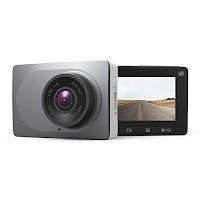Chess Puzzle Box with E-Paper Display

The initial idea behind this project was completely different from the final result. I’ve always wanted to experiment with e-paper displays but never had the right opportunity or use case. After some time, I came up with the idea of using it to display events from two Google Calendars. Since this kind of device is battery-efficient, my goal was to create something that would remain asleep most of the time and wake up only for a few seconds during refresh. For the first iteration, I bought a 4.2" e-paper Waveshare display and an Adafruit Huzzah Feather ESP8266. My first approach involved generating an image on a server, with the e-paper and Arduino fetching whatever the server sent. I encountered two small challenges along the way. First, handling HTTPS was tricky because Arduino isn’t designed for proper HTTPS requests, and my server’s certificate changes every few months. I solved this by using a Raspberry Pi as a proxy. The second issue was with sleep functionality. When I set ...





